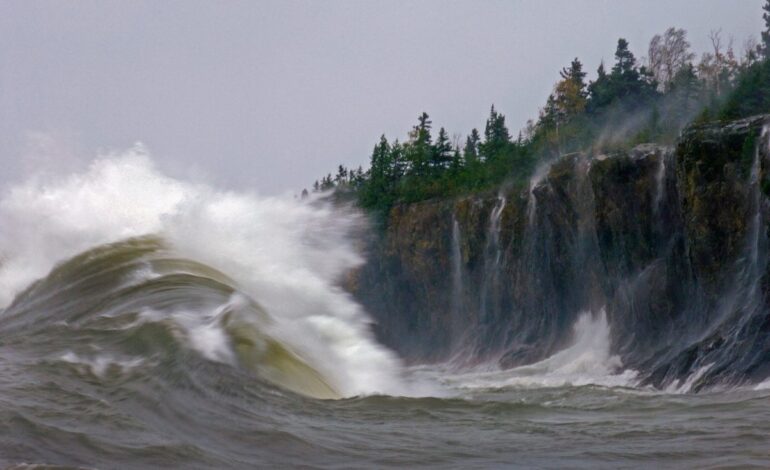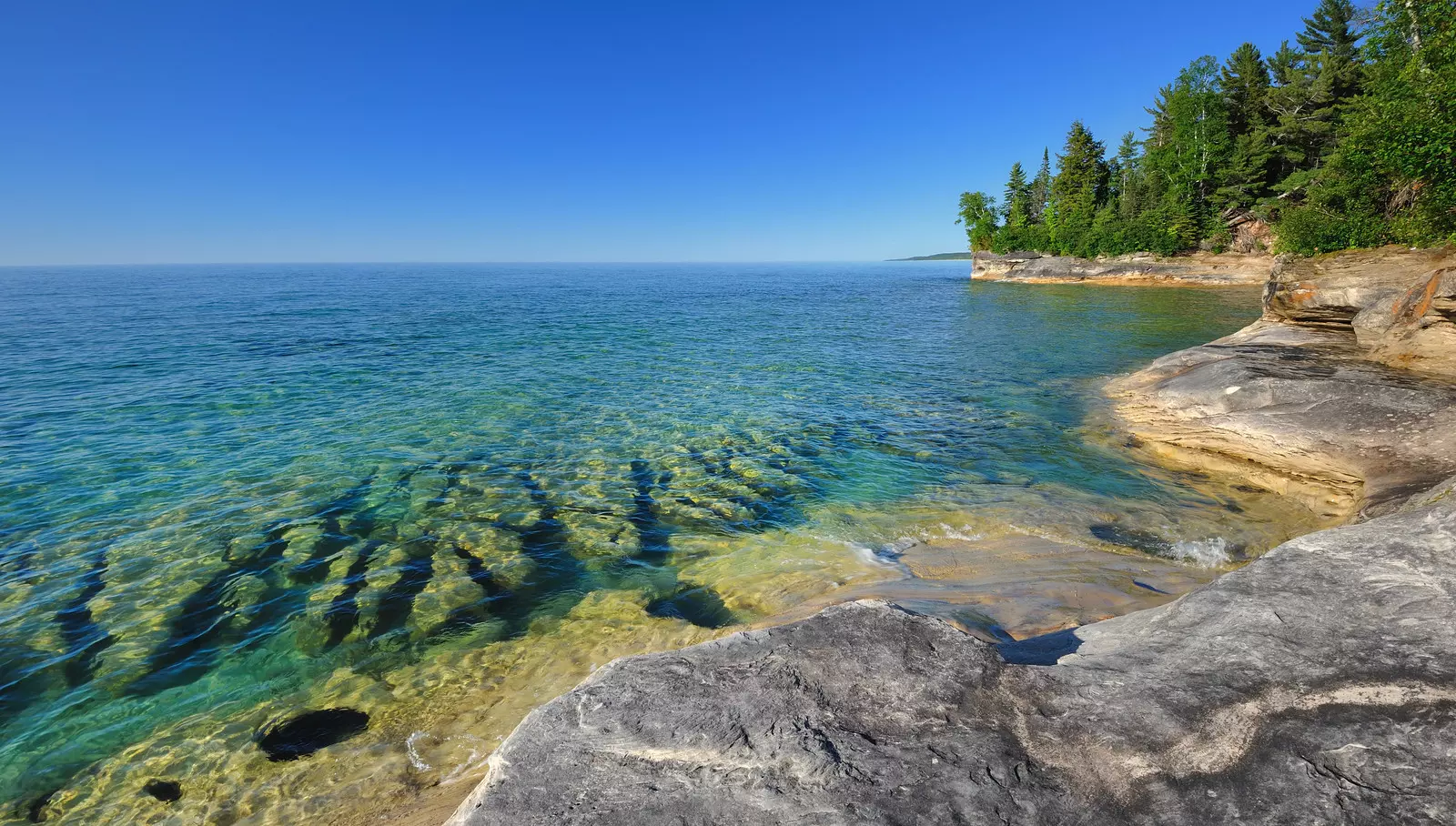
Is Lake Superior an Inland Sea? A Deep Dive into Its Unique Characteristics
Introduction
Lake Superior, the largest of North America’s Great Lakes, has long fascinated scientists, geographers, and nature enthusiasts alike. Due to its sheer size, depth, and dynamic ecosystem, many have wondered: Is Lake Superior an inland sea? This question has sparked debates among experts and laypeople, as the lake shares several features commonly associated with seas. In this article, we explore the characteristics that define inland seas, how Lake Superior compares, and why this vast body of water continues to intrigue researchers.
What Defines an Inland Sea?
An inland sea is generally defined as a large body of saltwater that is mostly enclosed by land but still connected to the ocean through a narrow passage. Unlike lakes, which are typically freshwater, inland seas have higher salinity levels and are influenced by tidal movements. Some well-known inland seas include the Caspian Sea and the Aral Sea.
Despite these distinctions, some experts argue that size, wave patterns, and climatic impact should also be considered when classifying a body of water. With that in mind, let’s examine whether Lake Superior fits these criteria.
The Case for Lake Superior as an Inland Sea
Lake Superior, though classified as a lake, exhibits several characteristics commonly found in inland seas:
- Enormous Size and Volume – Spanning 31,700 square miles, Lake Superior is the largest freshwater lake by surface area in the world. Its volume of 2,900 cubic miles surpasses some saltwater seas.
- Wave and Storm Systems – Unlike typical lakes, Lake Superior experiences powerful waves and storm surges similar to those found in marine environments. The lake’s high winds and open waters create conditions resembling oceanic storms.
- Limited Connectivity – While inland seas often have some level of connection to the ocean, Lake Superior is part of the Great Lakes system, which eventually drains into the Atlantic Ocean through the Saint Lawrence River. This network creates an indirect link to the ocean, though not as direct as a traditional inland sea.
- Climate and Weather Patterns – The lake significantly influences regional climate, generating lake-effect snow and temperature variations similar to coastal marine systems.
- Ecological Complexity – With an ecosystem featuring deepwater species, Lake Superior supports marine-like biodiversity, further blurring the line between a lake and an inland sea.
Differences Between Lake Superior and an Inland Sea
Despite its similarities to an inland sea, Lake Superior also has fundamental differences:
- Freshwater Composition – One of the defining features of inland seas is their saline nature, whereas Lake Superior remains entirely freshwater.
- Lack of Tidal Influence – While Lake Superior has minor water level changes due to atmospheric pressure and wind, it does not experience true oceanic tides.
- No Direct Ocean Connection – Unlike inland seas that maintain a close relationship with ocean systems, Lake Superior’s only outlet is through a series of rivers and channels that eventually lead to the Atlantic.
Historical and Cultural Perspectives
Throughout history, Lake Superior has played a vital role in trade, exploration, and indigenous cultures. Early European explorers often compared it to the vastness of an ocean, and native tribes have long revered it as a powerful and sacred water body.
Moreover, shipwrecks such as the Edmund Fitzgerald, which sank in a violent storm in 1975, highlight the lake’s ferocity—further solidifying its reputation as a formidable force akin to an inland sea.

Frequently Asked Questions (FAQs)
Q1: Is Lake Superior bigger than some seas? A: Yes, in terms of surface area, Lake Superior is larger than some recognized inland seas, including the Aral Sea and the Sea of Galilee.
Q2: Why do people consider Lake Superior an inland sea? A: Due to its vast size, powerful storms, and wave patterns, Lake Superior exhibits some characteristics of an inland sea, though it remains a freshwater lake.
Q3: Does Lake Superior have tides like an ocean? A: No, Lake Superior does not have true tides, but it does experience minor water level fluctuations due to wind and atmospheric pressure.
Q4: Could Lake Superior ever become an inland sea? A: Without a direct saltwater connection or increased salinity, Lake Superior will likely remain classified as a lake rather than an inland sea.
Conclusion
While Lake Superior shares many characteristics with an inland sea, including its sheer size, wave activity, and climate influence, it ultimately remains a freshwater lake due to its composition and lack of direct ocean connection. The debate over its classification showcases the fascinating nature of this immense water body, which continues to captivate scientists and adventurers alike.






